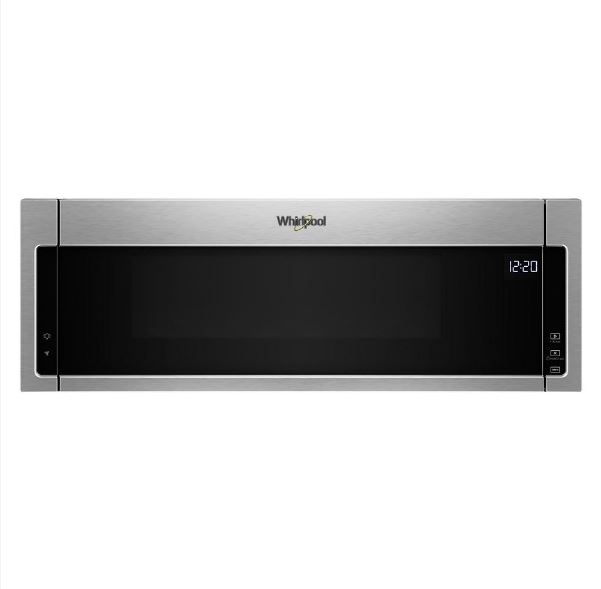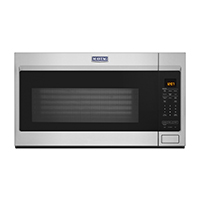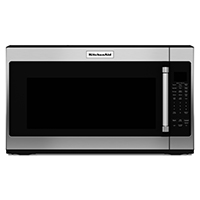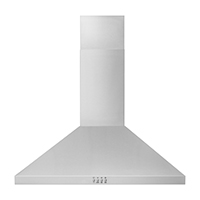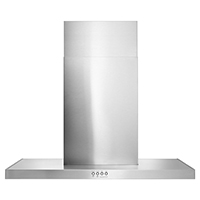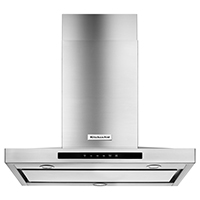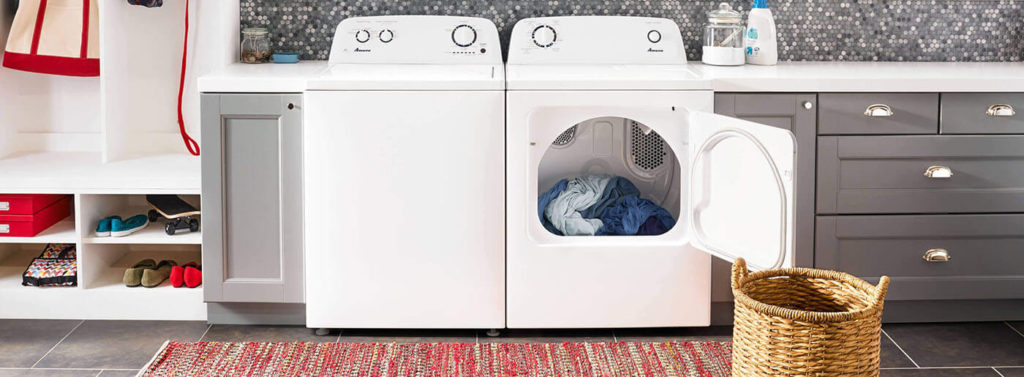Every kitchen needs ventilation to maintain or even improve its air quality and to help keep it smelling nice and fresh. Ventilation products work to remove and/or filter cooking by-products like steam and smoke before they have the chance to damage fabrics, counters and cabinets and to prevent odours from spreading.
When shopping for ventilation, you will be faced with two options: microwaves with a vent or a stand-alone range hood. This article will review the pros and cons of each so you can decide what’s best for your household.
Table of contents

What is a Microwave With a Vent?

Situated over a cooking surface (a range or a cooktop), a microwave with a vent has a built-in ventilation system. This system can suction cooking odours and other by-products out of the kitchen.
The microwaves commonly found in these combination units are either traditional models or range hood microwaves, the latter of which can also operate like an oven, offering baking, broiling, roasting and steaming functions.
Depending on your model, this solution can either expel cooking by-products outside the home or, with the help of a recirculating kit, it can remove, clean and return air back into the home.
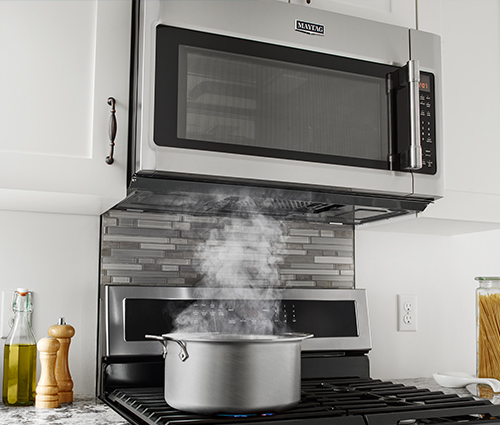
These tips will help clear the air on vented microwave choices from Whirlpool, Maytag and KitchenAid brands
You won’t need a range hood to help expel cooking odours with these space-saving designs that combine microwaves and vents in one.What Is a Range Hood?

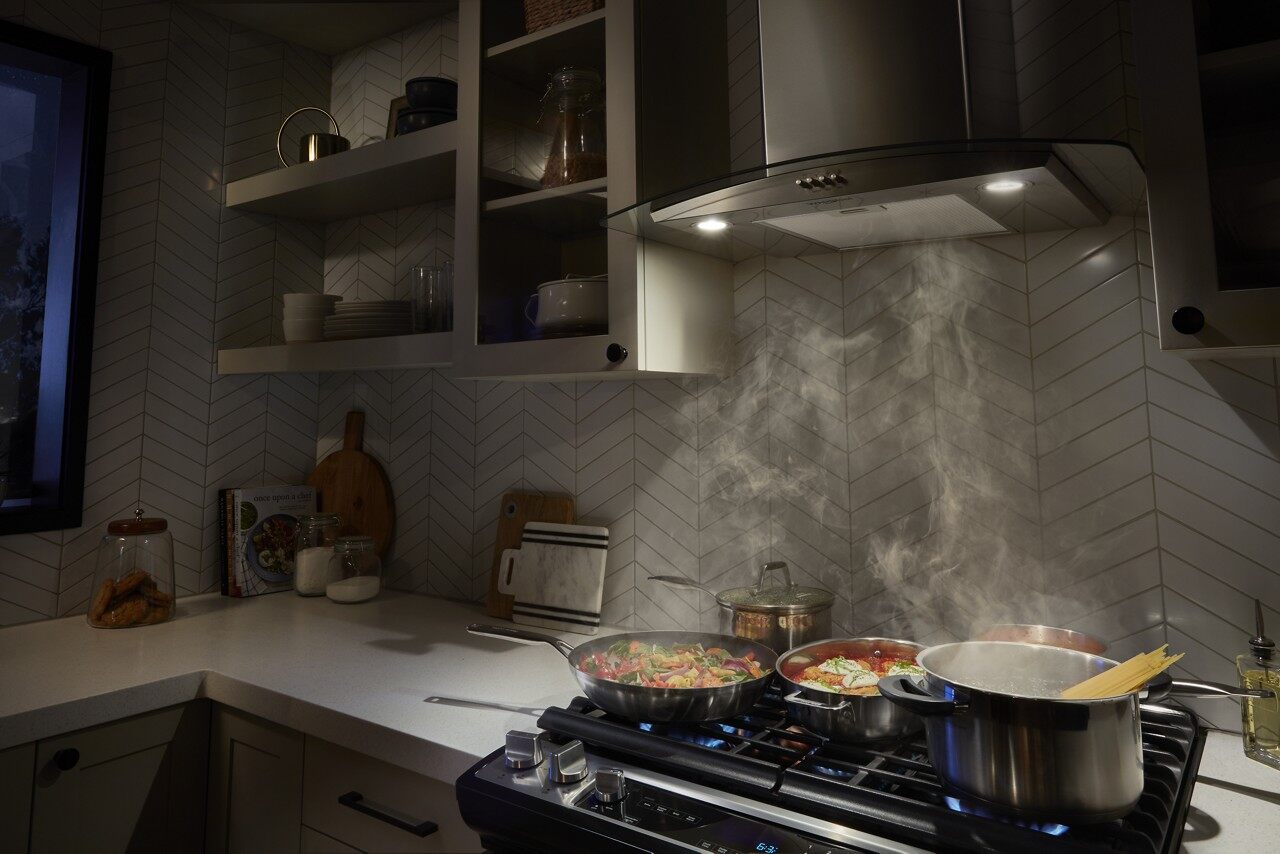
Whisk away cooking odours with powerful and quiet range hoods from Whirlpool, Maytag and KitchenAid brands
Did you know you can choose to vent air outside or filter and recirculate it? Explore all of your options to find the right fit for your home.You can also opt to pair your cooking surface with a hood. A hood is installed over a cooking surface and serves to suction cooking odours and by-products safely out of the kitchen.
Whether a hood removes cooking by-products to the outside of the home or uses a recirculating kit to clean and then return the air depends on what model you own.
Microwave with Vent – Pros and Cons

If you’re leaning toward a microwave with a vent, it’s important to understand the pros and cons to determine if this is the right solution for your kitchen.
The main benefit of these combo models is that they are a space-saving solution, letting you utilize the space above your cooking surface that typically serves no purpose.
There are two drawbacks to consider:
- Generally, they offer less CFM (cubic feet per minute, which is the unit of measurement for ventilation strength) than hood options. Also, venting solutions that have a higher CFM are often needed for gas ranges as they tend to produce a high amount of BTUs.
- The microwave may be situated relatively high. This means it may be awkward to put dishes in, and remove them from, the unit. Some people prefer to have a separate microwave at counter height for easier access.
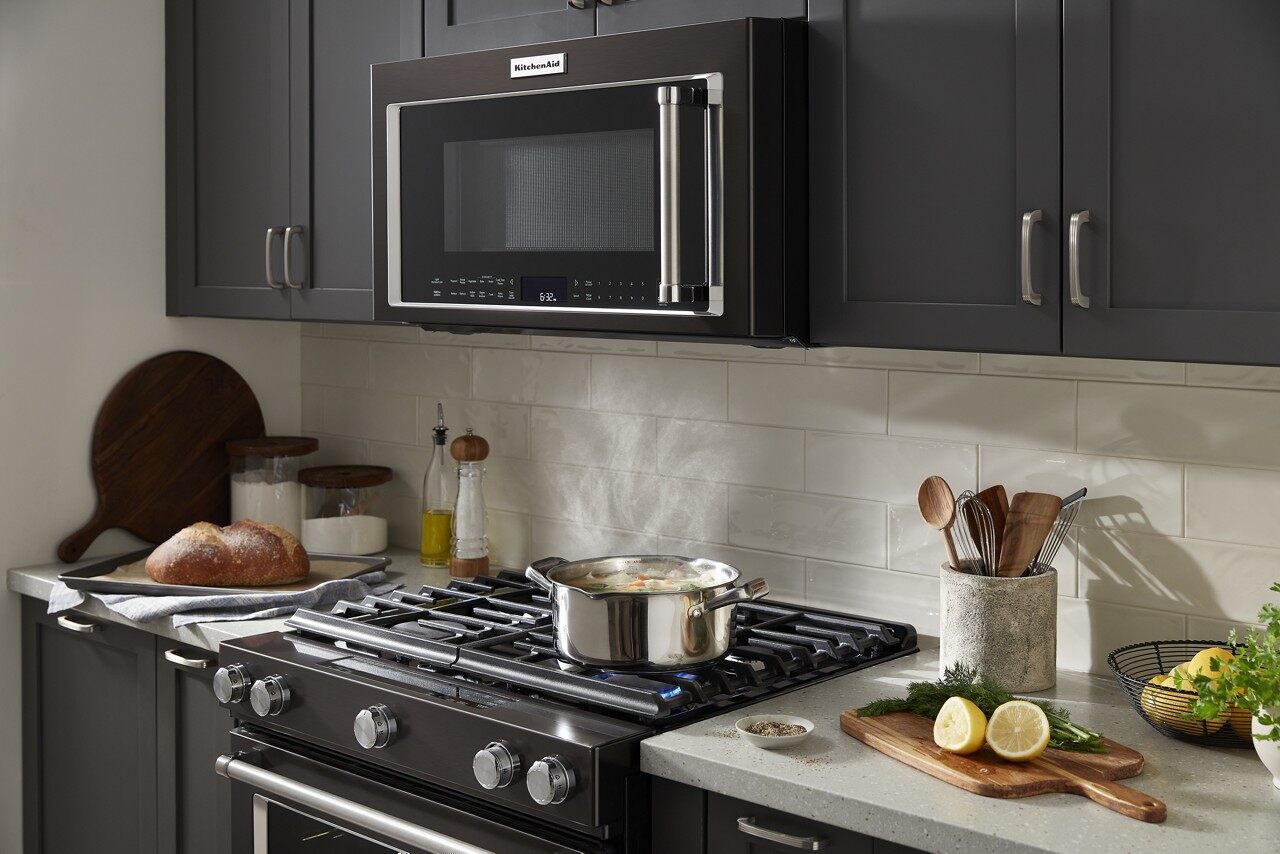
Did you know?
PRO TIP: Always give thought to the counter space in your kitchen and how high you can comfortably reach above your cooking surface.
Range Hoods – Pros and Cons

Hoods have their own set of pros and cons for you to consider before making your decision.
Pros:
- They offer several design options, aesthetics and colours. You can go with stainless steel or a custom covering, depending on whether you are excited about having a statement piece in your kitchen or prefer your range hood to blend in with your cabinetry.
- They usually offer more CFM, allowing them to safely handle gas ranges that may generate more BTUs.
The con is that you will have to keep your microwave somewhere else in your kitchen.
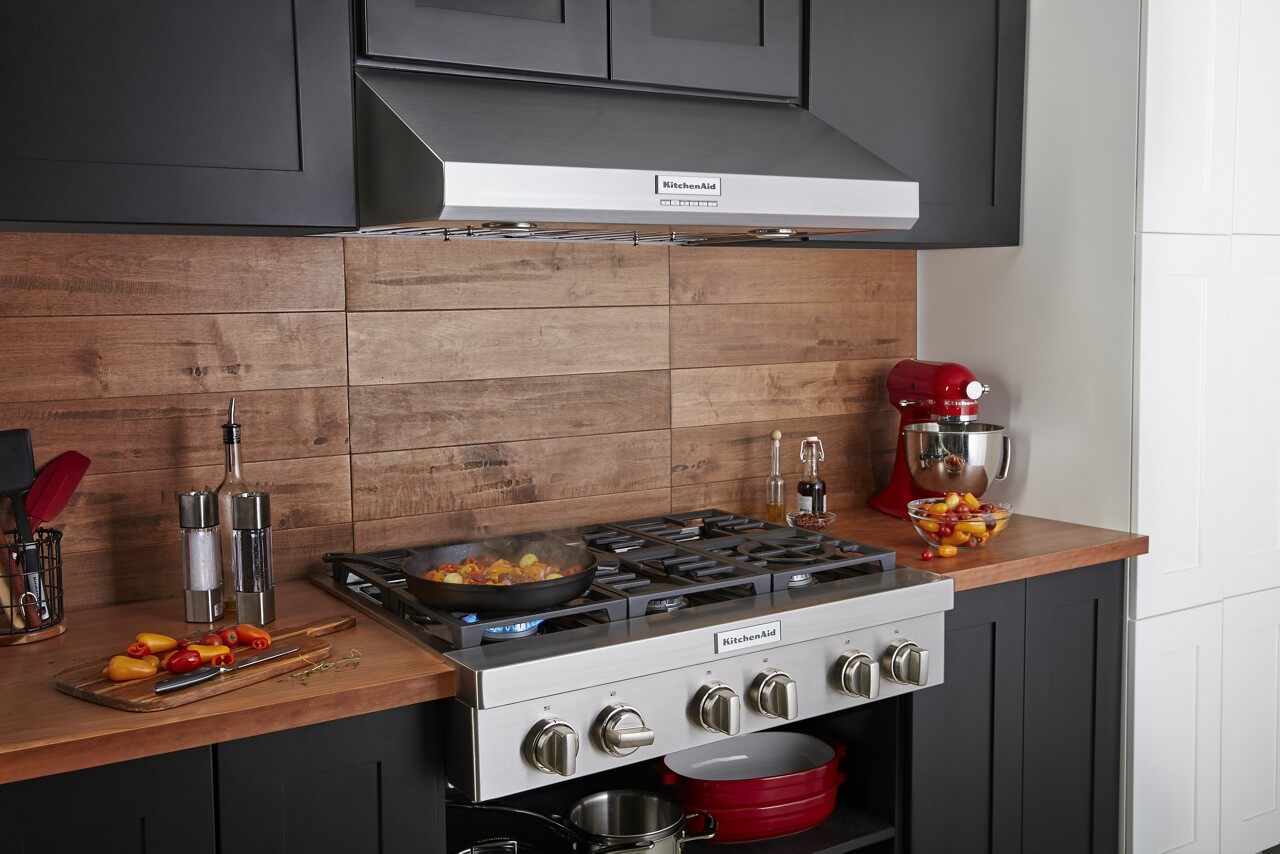
You can’t overestimate the importance of having proper ventilation for your cooking surface. Make sure you purchase the one that is best suited for your kitchen to ensure that you don’t harm the air quality in your home or have to live with unwanted odours.
Cost

Various price points exist with both options.
The price depends on which option you choose. Some entry-level models may only cost a few hundred dollars, whereas custom hoods can be thousands of dollars as you’ll need to buy the blower, liner and have the custom covering created by a qualified professional.
Microwaves with vents are available in a range of prices but the most expensive models still cost less than custom ventilation.

